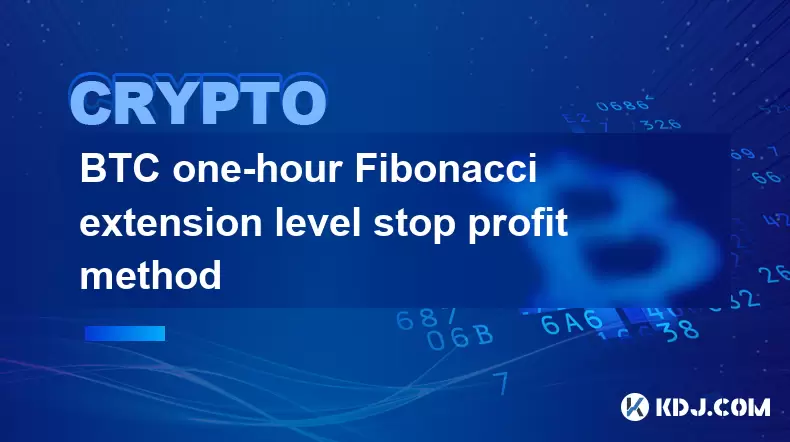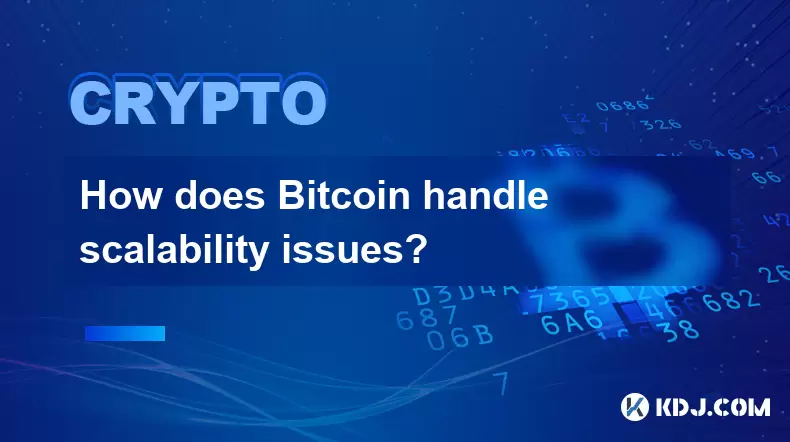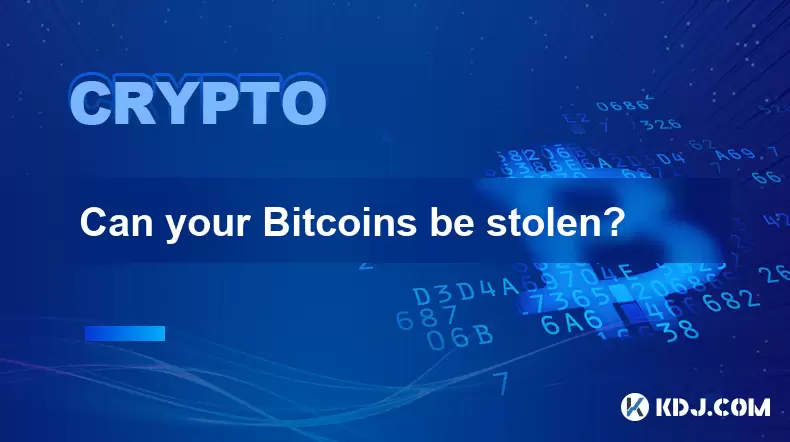-
 Bitcoin
Bitcoin $115100
1.27% -
 Ethereum
Ethereum $3675
2.71% -
 XRP
XRP $2.995
1.45% -
 Tether USDt
Tether USDt $1.000
0.02% -
 BNB
BNB $769.8
2.64% -
 Solana
Solana $168.0
3.25% -
 USDC
USDC $0.9999
-0.01% -
 TRON
TRON $0.3371
1.48% -
 Dogecoin
Dogecoin $0.2051
3.36% -
 Cardano
Cardano $0.7394
2.30% -
 Hyperliquid
Hyperliquid $38.15
0.42% -
 Stellar
Stellar $0.3966
-0.36% -
 Sui
Sui $3.486
2.93% -
 Chainlink
Chainlink $16.72
2.52% -
 Bitcoin Cash
Bitcoin Cash $568.0
4.36% -
 Hedera
Hedera $0.2440
2.59% -
 Ethena USDe
Ethena USDe $1.001
0.04% -
 Avalanche
Avalanche $22.16
2.06% -
 Litecoin
Litecoin $119.1
-0.73% -
 UNUS SED LEO
UNUS SED LEO $8.991
0.04% -
 Toncoin
Toncoin $3.232
-0.39% -
 Shiba Inu
Shiba Inu $0.00001233
2.82% -
 Uniswap
Uniswap $9.717
2.53% -
 Polkadot
Polkadot $3.664
1.85% -
 Dai
Dai $1.000
0.01% -
 Monero
Monero $281.2
-3.89% -
 Bitget Token
Bitget Token $4.350
1.55% -
 Cronos
Cronos $0.1428
5.07% -
 Pepe
Pepe $0.00001050
3.68% -
 Aave
Aave $262.3
3.54%
BTC one-hour Fibonacci extension level stop profit method
BTC one-hour Fibonacci extension method uses 127.2%, 161.8%, 261.8% levels to set profit targets, aiding traders in locking profits on short-term BTC movements.
Jun 05, 2025 at 08:50 pm

Understanding the BTC One-Hour Fibonacci Extension Level Stop Profit Method
The BTC one-hour Fibonacci extension level stop profit method is a trading strategy that utilizes the Fibonacci extension levels to determine potential profit targets for Bitcoin trades on a one-hour chart. This method is popular among traders who aim to capitalize on short-term price movements while using technical analysis to set precise exit points. By understanding and applying this method, traders can potentially enhance their trading outcomes by locking in profits at calculated levels.
What Are Fibonacci Extension Levels?
Fibonacci extension levels are a series of horizontal lines that indicate potential areas of support and resistance based on the Fibonacci sequence. These levels are typically calculated after a market has made a significant move, and traders use them to project how far a price might move beyond the initial swing. Common Fibonacci extension levels include 127.2%, 161.8%, and 261.8%, each representing a different potential target for price extension.
Setting Up the One-Hour Chart for BTC
To effectively use the BTC one-hour Fibonacci extension level stop profit method, traders need to set up their charts correctly. Here’s how to do it:
- Open your trading platform and select Bitcoin (BTC) as the asset you want to trade.
- Switch to the one-hour time frame. This can usually be done by selecting '1h' from the available time frame options.
- Add the Fibonacci retracement tool to your chart. This tool is typically found under the drawing or analysis tools section of your trading platform.
Identifying Key Swing Points
The next step in applying the BTC one-hour Fibonacci extension level stop profit method is to identify key swing points on the one-hour chart. A swing point is a peak or trough in the price movement that marks a significant change in direction. For this method, you will focus on the most recent significant swing high and swing low.
- Locate the most recent swing high on the one-hour chart. This is the highest point the price reached before starting to decline.
- Locate the most recent swing low following the swing high. This is the lowest point the price reached before starting to rise again.
Applying Fibonacci Extension Levels
Once you have identified the swing high and swing low, you can apply the Fibonacci extension levels to project potential profit targets. Here’s how to do it:
- Draw the Fibonacci retracement tool from the swing low to the swing high. This will set the base for your extension levels.
- Extend the Fibonacci tool beyond the swing high to project the extension levels. The common levels to watch are 127.2%, 161.8%, and 261.8%.
Setting Stop Profit Levels
With the Fibonacci extension levels plotted on your chart, you can now set your stop profit levels. These levels represent the points at which you will exit your trade to lock in profits. Here’s how to set them:
- Identify the 127.2% extension level. This is often the first target where traders might consider taking profits.
- Identify the 161.8% extension level. This is a more ambitious target and might be used for partial profit-taking.
- Identify the 261.8% extension level. This is the most aggressive target and might be used for a full exit from the trade.
Executing the Trade
Once you have set your stop profit levels, you can execute your trade. Here’s how to do it:
- Enter a long position if you believe the price will rise and hit your Fibonacci extension levels.
- Set your stop loss at a level that represents an acceptable loss for you, typically below the most recent swing low.
- Set your take profit orders at the 127.2%, 161.8%, and 261.8% Fibonacci extension levels. You can choose to take partial profits at each level or set them for full exits.
Monitoring and Adjusting the Trade
As the trade progresses, it’s important to monitor the market and adjust your strategy as needed. Here’s what to do:
- Keep an eye on the price action as it approaches your Fibonacci extension levels. If the price shows signs of reversing before reaching your targets, consider adjusting your take profit levels.
- Be prepared to move your stop loss to break even or into profit as the price moves in your favor. This can help protect your gains and minimize potential losses.
Practical Example of the Method
To illustrate how the BTC one-hour Fibonacci extension level stop profit method works in practice, consider the following example:
- BTC/USD is trading on the one-hour chart, and you identify a recent swing low at $30,000 and a swing high at $35,000.
- You draw the Fibonacci retracement tool from $30,000 to $35,000 and extend it to project the extension levels.
- The 127.2% extension level is at $37,500, the 161.8% extension level is at $40,000, and the 261.8% extension level is at $45,000.
- You enter a long position at $35,000 with a stop loss at $34,500 and set take profit orders at $37,500, $40,000, and $45,000.
- As the price moves, you monitor it closely and adjust your stop loss to break even at $35,000 once the price reaches $36,000.
Frequently Asked Questions
Q: Can the BTC one-hour Fibonacci extension level stop profit method be used for other cryptocurrencies?
A: Yes, this method can be applied to other cryptocurrencies as well. However, it’s important to consider the volatility and liquidity of the specific cryptocurrency you are trading, as these factors can affect the reliability of the Fibonacci extension levels.
Q: How do I know which Fibonacci extension level to target for taking profits?
A: The choice of Fibonacci extension level for taking profits depends on your risk tolerance and trading strategy. More conservative traders might target the 127.2% level, while more aggressive traders might aim for the 161.8% or 261.8% levels. It’s also common to take partial profits at different levels.
Q: Is the BTC one-hour Fibonacci extension level stop profit method suitable for beginners?
A: While this method can be used by beginners, it requires a good understanding of technical analysis and the ability to read charts accurately. Beginners might find it helpful to practice on a demo account before applying this method with real money.
Q: Can this method be used for short selling as well?
A: Yes, the BTC one-hour Fibonacci extension level stop profit method can be used for short selling. In this case, you would draw the Fibonacci retracement tool from the swing high to the swing low and set your stop profit levels at the projected extension levels below the swing low.
Disclaimer:info@kdj.com
The information provided is not trading advice. kdj.com does not assume any responsibility for any investments made based on the information provided in this article. Cryptocurrencies are highly volatile and it is highly recommended that you invest with caution after thorough research!
If you believe that the content used on this website infringes your copyright, please contact us immediately (info@kdj.com) and we will delete it promptly.
- HashFlare Founders Face the Music: Jail Time Looms?
- 2025-08-07 14:30:12
- Toshi on Binance.US: A Memecoin's Big Break
- 2025-08-07 14:30:12
- Bitcoin, SPAC Mergers, and Parataxis: A New Yorker's Take on Crypto's Wall Street Moment
- 2025-08-07 14:50:27
- Bitcoin, Collateral, and Loan Strategies: A New York Minute on the Future of Finance
- 2025-08-07 14:50:27
- Ethereum's Bullish Surge: Reclaiming Crypto Leadership, a New York Minute
- 2025-08-07 14:55:12
- BlockDAG, Litecoin, and Cardano: Charting the Course in Crypto's Dynamic Waters
- 2025-08-07 09:09:06
Related knowledge

Can the Bitcoin protocol be changed?
Aug 07,2025 at 01:16pm
Understanding the Bitcoin ProtocolThe Bitcoin protocol is the foundational set of rules that govern how the Bitcoin network operates. It defines every...

How does Bitcoin handle scalability issues?
Aug 07,2025 at 10:54am
Understanding Bitcoin’s Scalability ChallengeBitcoin’s design prioritizes decentralization, security, and immutability, but these principles come with...

Do you need to understand technology to use Bitcoin?
Aug 07,2025 at 06:17am
Understanding the Basics of BitcoinTo engage with Bitcoin, one does not need a deep understanding of the underlying technology, much like how individu...

Can your Bitcoins be stolen?
Aug 07,2025 at 03:28am
Understanding the Security of Bitcoin OwnershipThe decentralized nature of Bitcoin means that no central authority controls the network, placing the r...

How does Bitcoin compare to gold?
Aug 07,2025 at 03:18am
Historical Context and Origins of Bitcoin and GoldUnderstanding the comparison between Bitcoin and gold begins with their origins and historical roles...

Can you lose money with Bitcoin?
Aug 07,2025 at 07:49am
Understanding the Volatility of BitcoinBitcoin is known for its extreme price volatility, which is one of the primary reasons investors can lose money...

Can the Bitcoin protocol be changed?
Aug 07,2025 at 01:16pm
Understanding the Bitcoin ProtocolThe Bitcoin protocol is the foundational set of rules that govern how the Bitcoin network operates. It defines every...

How does Bitcoin handle scalability issues?
Aug 07,2025 at 10:54am
Understanding Bitcoin’s Scalability ChallengeBitcoin’s design prioritizes decentralization, security, and immutability, but these principles come with...

Do you need to understand technology to use Bitcoin?
Aug 07,2025 at 06:17am
Understanding the Basics of BitcoinTo engage with Bitcoin, one does not need a deep understanding of the underlying technology, much like how individu...

Can your Bitcoins be stolen?
Aug 07,2025 at 03:28am
Understanding the Security of Bitcoin OwnershipThe decentralized nature of Bitcoin means that no central authority controls the network, placing the r...

How does Bitcoin compare to gold?
Aug 07,2025 at 03:18am
Historical Context and Origins of Bitcoin and GoldUnderstanding the comparison between Bitcoin and gold begins with their origins and historical roles...

Can you lose money with Bitcoin?
Aug 07,2025 at 07:49am
Understanding the Volatility of BitcoinBitcoin is known for its extreme price volatility, which is one of the primary reasons investors can lose money...
See all articles

























































































